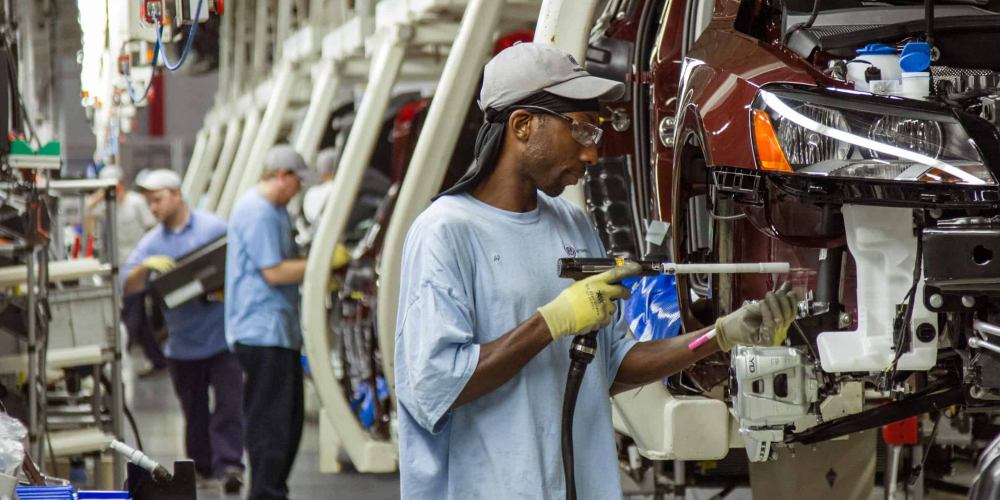(Natural News)—A recent poll has revealed that former President Donald Trump’s support among working-class Americans and citizens who are part of labor unions is the highest among any Republican presidential candidate in four decades.
According to Harry Enten, a political analyst and host of CNN’s “Margin of Error” podcast, Trump is on track to achieve the best Republican performance among union families, trade school graduates and minority voters without college degrees in 40 years.
Enten stressed the growing appeal of Trump to these traditionally Democratic groups, as Vice President Kamala Harris struggles to maintain a strong lead.
The poll suggests that Harris leads Trump by just nine points among union workers, a sharp decline from previous Democratic performances. For instance, Bill Clinton carried union households by 30 points in 1992 and President Joe Biden won them by 19 points in 2020. Harris’ current margin is much closer to the slim 12-point lead of Hillary Clinton in 2016.
Meanwhile, Trump has been gaining tremendous grounds among trade school graduates compared to his predecessors in the GOP. In 1992, Bill Clinton won this group by seven points. Today, Trump leads Harris by a staggering 31 points, a 38-point swing toward the Republican Party.
“More so perhaps than any other bloc, the folks who go to trade school, vocational school, that has moved from being a core Democratic group to now being a core group of Donald Trump’s massive amount of support among the working class,” Enten said.
The trend extends to working-class minority voters. While Harris still holds a 28-point lead among racial and ethnic minorities without college degrees, this is a significant drop from the 45-point margin Biden enjoyed in 2020.
“This is part of a larger trend that we’re seeing throughout our politics in which Republicans, specifically Donald Trump, is doing very, very well among working-class voters,” Enten said. “The fact is, Donald Trump seems to have gone into a hotbed of traditional Democratic support and made a lot of movement in ways I don’t think a lot of people would have thought when he went down that escalator just back in 2015.”
Teamsters not endorsing a presidential candidate for the first time in two decades
Harris’ struggle to maintain a strong lead among working-class and union voters was made even more evident when the International Brotherhood of Teamsters, one of the largest unions in the United States with over 1.3 million members, refused to endorse a presidential candidate for the first time in over two decades.
The decision came shortly after the union released results from a national poll of its members, which showed 59.6 percent favoring Trump, compared to just 34 percent who supported Harris.
“President Joe Biden won the support of Teamsters voting in straw polls at local unions between April-July prior to his exit from the race,” the union said in September. “But in independent electronic and phone polling from July-September, a majority of voting members twice selected Trump for a possible Teamsters endorsement over Harris. The union’s extensive member polling showed no majority support for Vice President Harris and no universal support among the membership for President Trump.”
“Unfortunately, neither major candidate was able to make serious commitments to our union to ensure the interests of working people are always put before Big Business,” Teamsters General President Sean M. O’Brien said in September. “We sought commitments from both Trump and Harris not to interfere in critical union campaigns or core Teamsters industries – and to honor our members’ right to strike – but were unable to secure those pledges.”
Watch this clip from Fox News discussing how “humiliating” it is for the Democratic Party that the Teamsters won’t endorse Harris.
This video is from the NewsClips channel on Brighteon.com.



